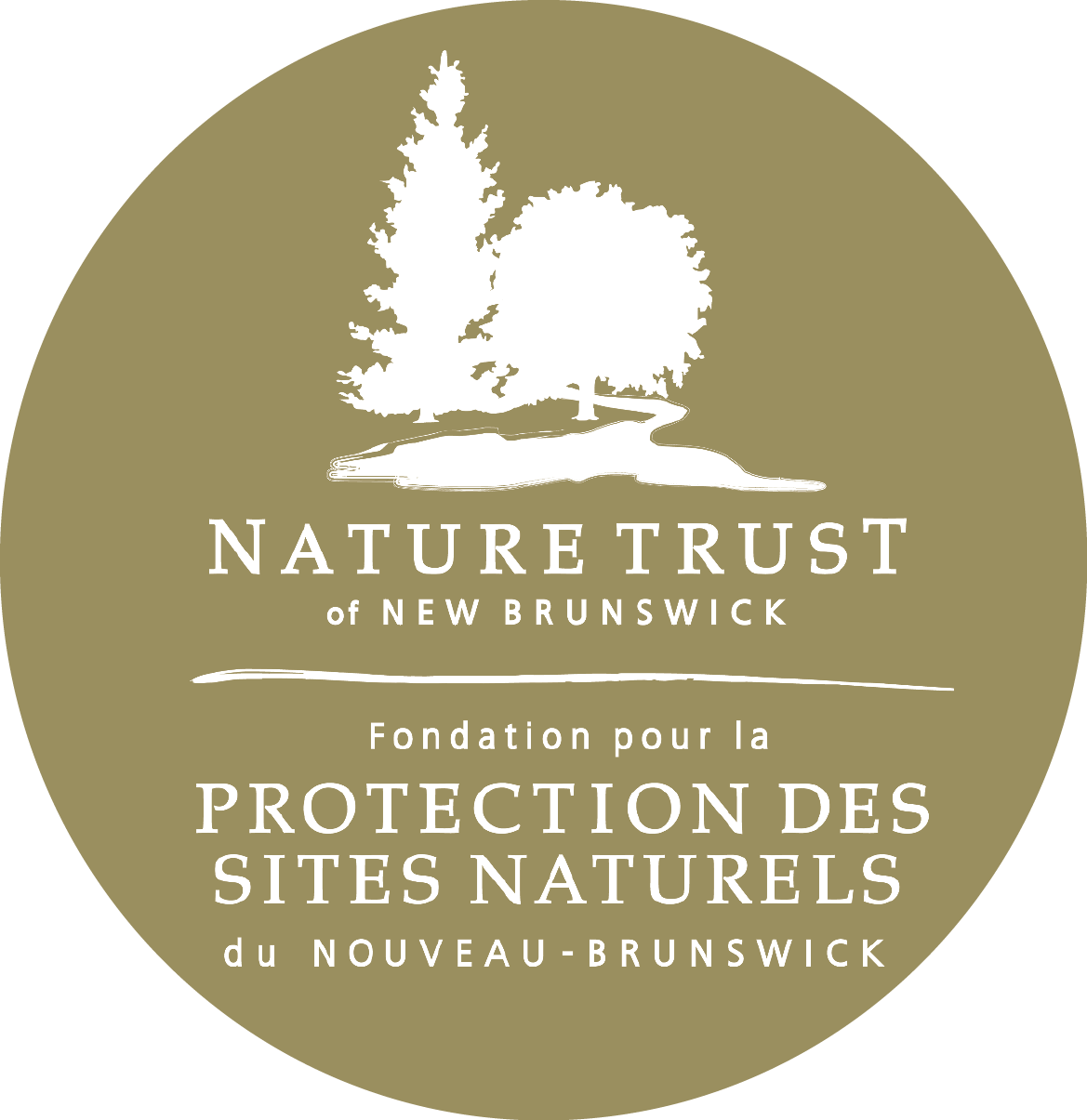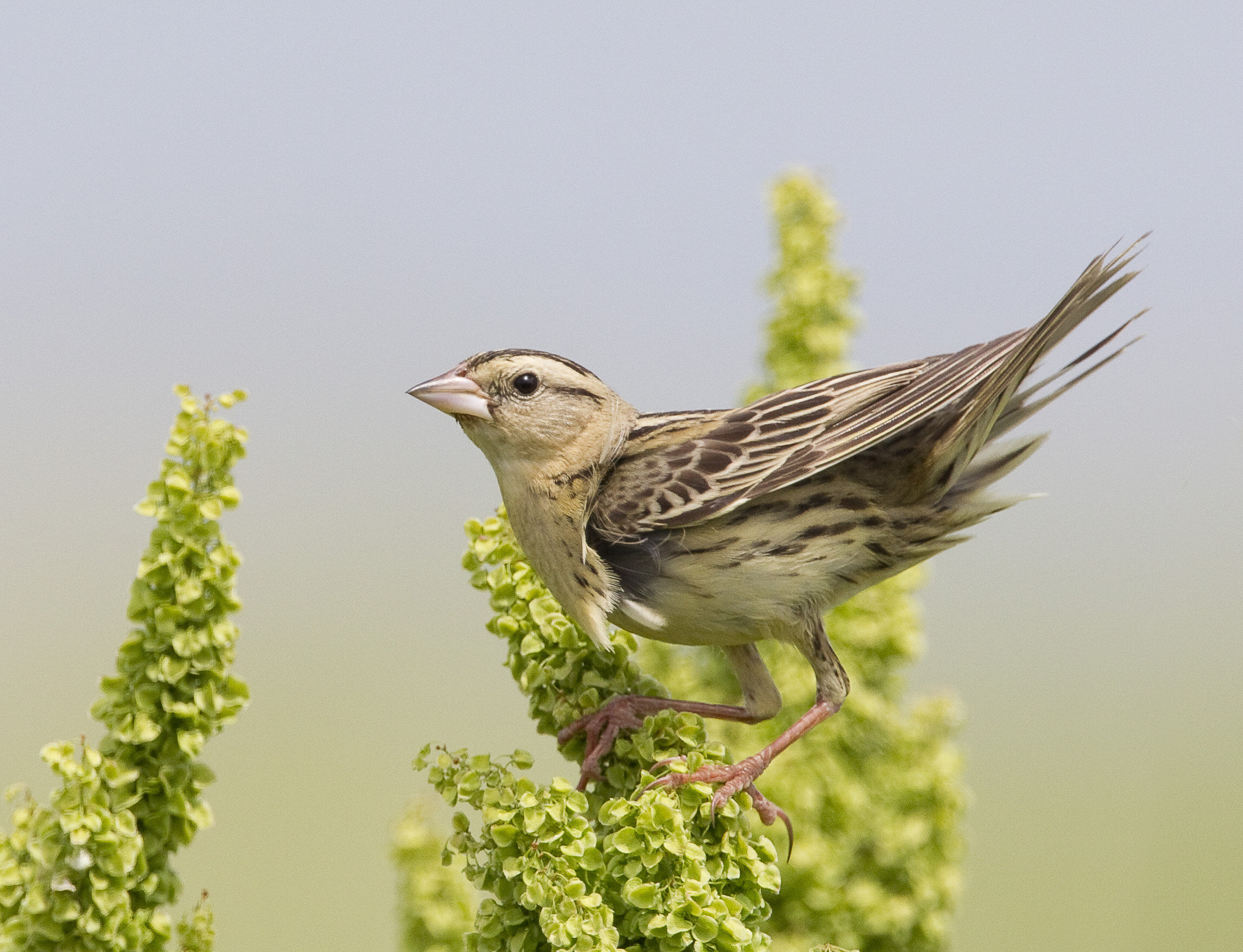(Dolichonyx oryzivorus)
Status: Threatened
This means that without some form of action, they could disappear from Canada or the entire planet.
Identification guide:
Male birds have black under parts, white patches on the back and wings, and a yellow patch on the back of the head.
Females are buff or yellow with brown streaks.
Males are often seen flying straight upwards over a field, singing a bubbly song and holding position in the sky above the nest area.
Song at www.natureinstruct.org/dendroica
Habitat & Behaviour
The bobolink (Dolichonyx oryzivorus) is a bird of grassy areas. New Brunswickers can expect to see it in hay fields and meadows, singing its bubbly song. Its historical breeding range was concentrated in the prairies of western Canada and the mid-western United States, but clearing of forests in eastern North America led to a major expansion and increase in abundance. The bobolink now occurs across southern Canada where it is closely associated with hay fields.
The bobolink breeds from mid- May through July, building its nest on the ground away from the field edge where predators would have easy access. It feeds close to the ground on seeds and insects. Its ground nesting and feeding habits make it especially vulnerable to haying.
Threats
Like many grassland birds, the bobolink has experienced large population declines. It undertakes one of the longest round-trip migrations of all songbirds (as much as 20,000 km to wintering areas in Argentina) and thus faces a range of threats including pesticide use and habitat loss. In Canada, the bobolink has been losing habitat to urban development, abandoned farm fields reverting to forest or fields being farmed more intensively and/or with crops unsuitable for nesting (e.g. corn, soybean). Like all migratory birds, bobolinks, and their nests and eggs are protected.
Ways You Can Help
Look for singing flights of bobolink in hay fields in May, June and July and consider haying these fields last in the haying schedule or, if you have the option, after mid-July.
Prevent shrubs and trees from taking over abandoned fields by bush–hogging or other methods applied outside the breeding season.
This project was undertaken with the financial support of Environment Canada.
References: COSEWIC 2010. Martin & Gaven 1995 in Birds of North America Online.
To find out more about Species at Risk conservation, contact our Conservation Planning Manager, Carli Le Roux, below
or by calling (506) 457-2398.



